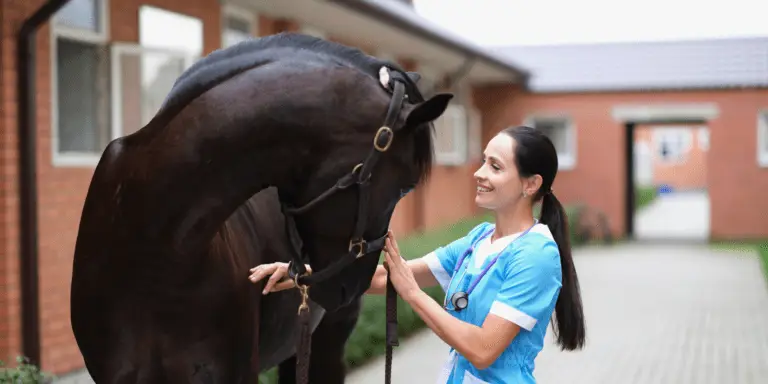
Organs of the Horse – Take a Look Inside
Just as it is with humans, the horse’s skin is the largest organ of the body. However, this blog post is dedicated to the organs that we cannot see from the outside. Let’s take a look inside the horse and
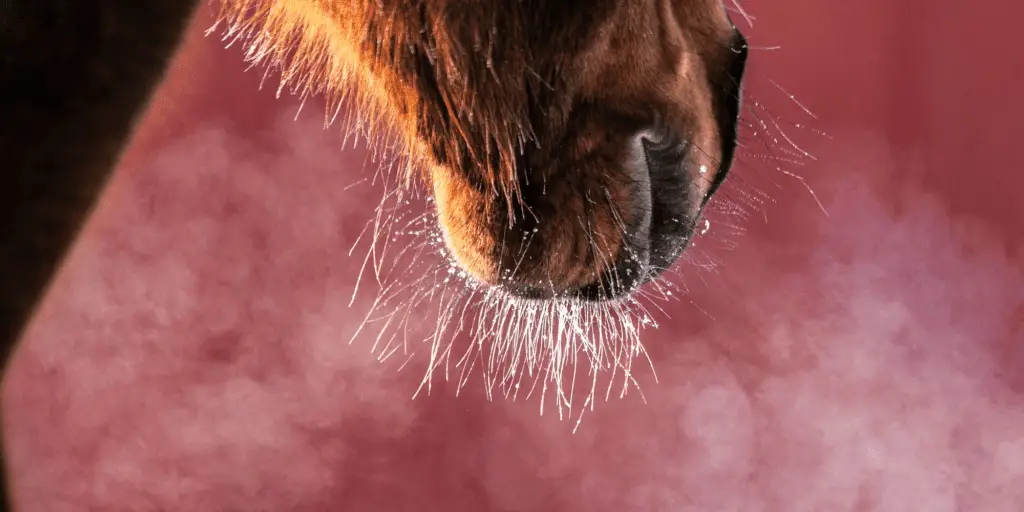
Early detection of fever, respiratory abnormalities or a too low/too high pulse can save your horse’s life. The following will elaborate on how to take your horse’s temperature, pulse and respiration correctly.
To take your horse’s temperature correctly, make sure your horse is standing still first. Now you can move the tail to the side and insert a thermometer into the anus. Make sure you do this carefully and attach a string to the thermometer so that it does not get “lost” in the horse.
The average temperature of a horse is 37.5 to 38.5°C (99.5 – 101.3°F).
The optimal temperature of a foal is between 37.2 and 38.9°C (98.96 – 102.02°F).
Place two of your fingers on the jaw, the inside of the carpal joint or the fetlock until you feel your horse’s pulse. Now count the number of beats for 30 seconds. Multiply this number by two.
Alternatively, you can measure the pulse with a stethoscope on the girth. Here you also count for 30 seconds and multiply this number by two.
Horses have an average pulse of 28 to 44 bpm (beats per minute).
A foal’s pulse should be between 60 to 80 bpm.
Observe your horse’s flank or nostrils. Count the breaths for 30 seconds (inhaling and exhaling count as one breath). Multiply the counted breaths by two. This is how you determine your horse’s breaths per minute.
The breathing rate of a healthy horse is 8 – 16 bpm (breaths per minute).
A foal breathes in and out 20 to 40 times in one minute.
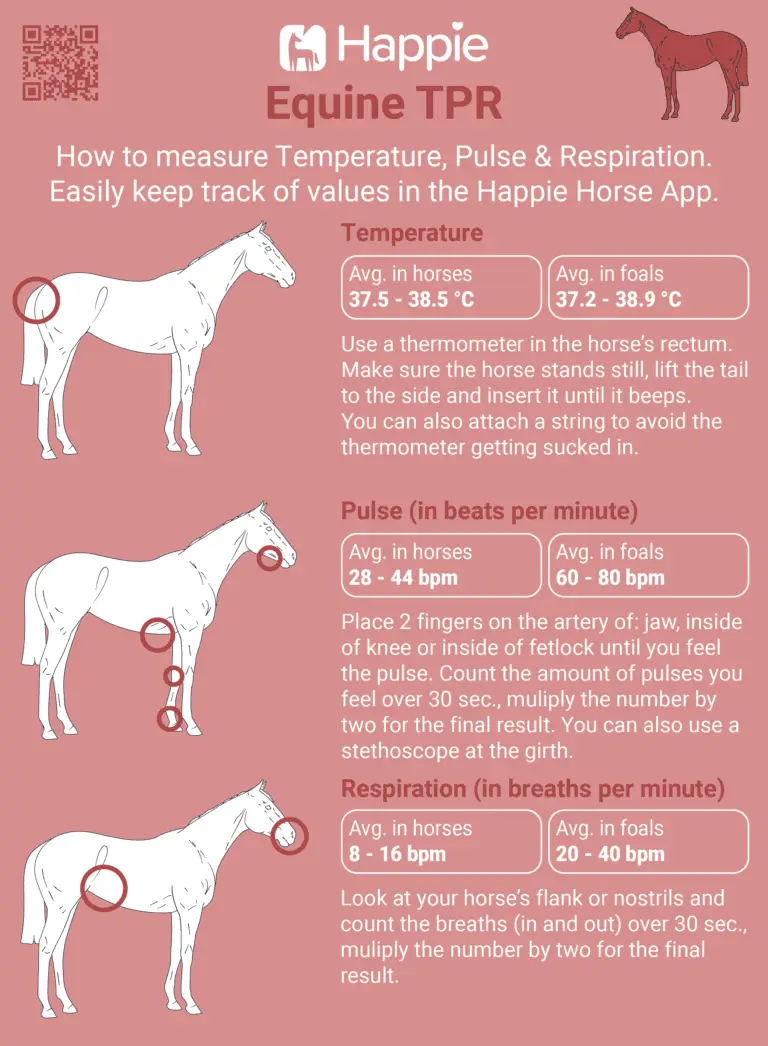
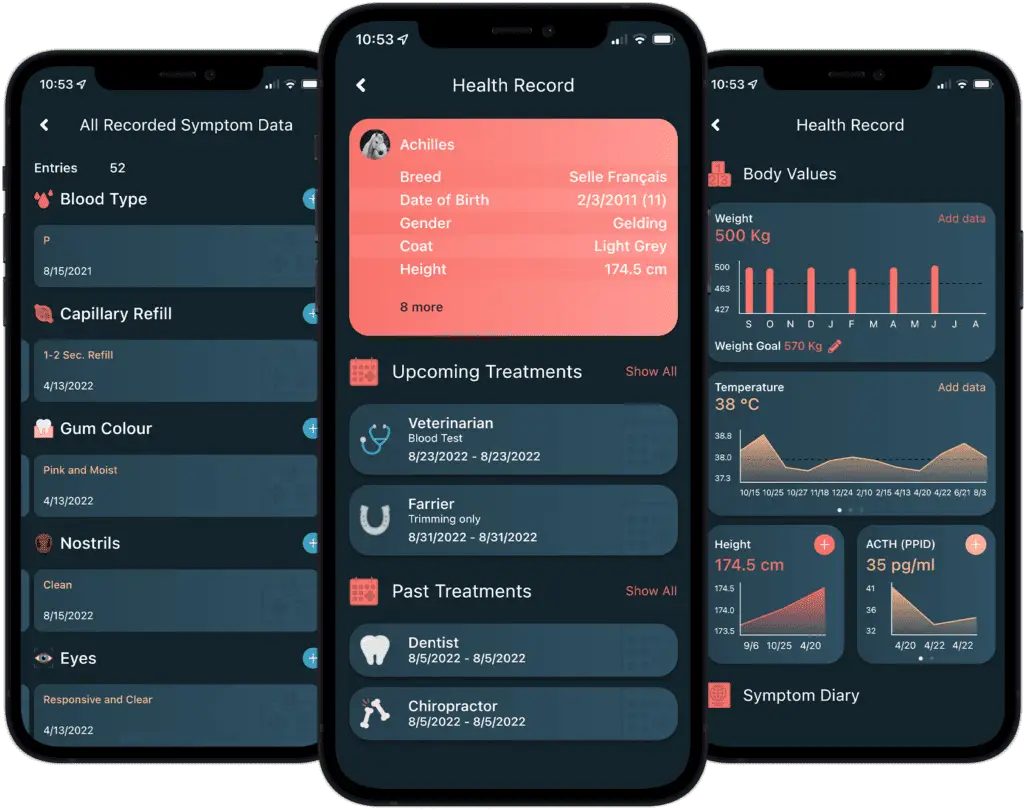

Just as it is with humans, the horse’s skin is the largest organ of the body. However, this blog post is dedicated to the organs that we cannot see from the outside. Let’s take a look inside the horse and

It is nothing new that horses are very agile animals. But did you know that a horse’s skeleton consists of 252 individual bones? This means that a horse has 46 more bones than a human. However, horses do not have
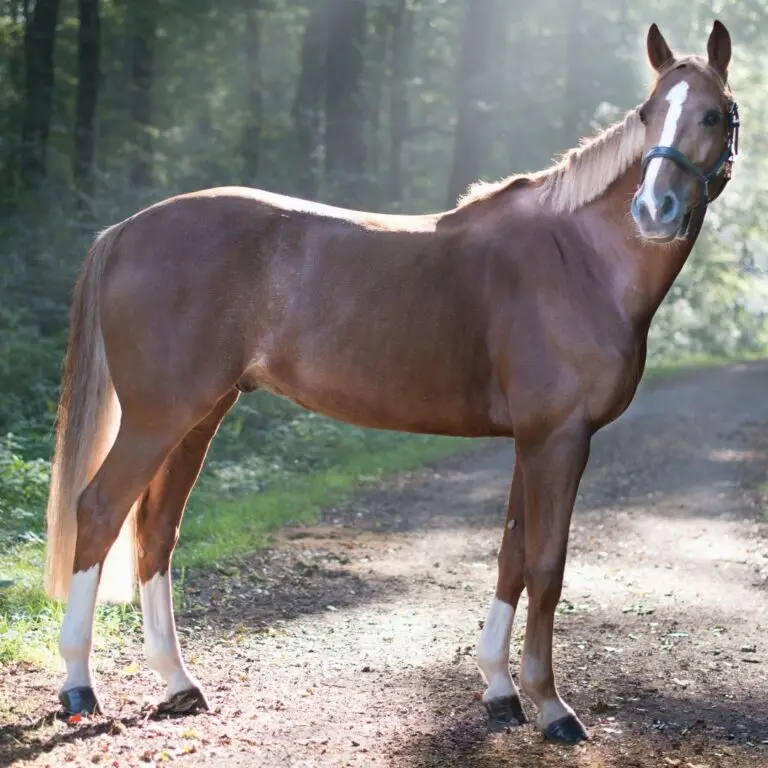
Assessing a horse’s overall body condition The body condition score (BCS) is a subjective evaluation method used to assess a horse’s overall body condition and fat coverage. The BCS system typically uses a scale of 1 to 9, with 1
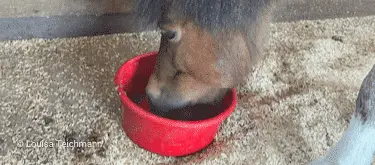
Expert Advice: Kim Lina Pethahn, an independent feed consultant, wrote this article. Offering the Necessities & Avoiding Overdosages Whether your horse needs supplements at all depends on both the pre-existing conditions and the energy consumption of your horse. However, an

When grooming and saddling, you can easily check your horse’s body for symptoms. In this blog post you can read about symptoms of the horse’s body and what they could mean. Everything About Symptoms on the Horse Body A Sore
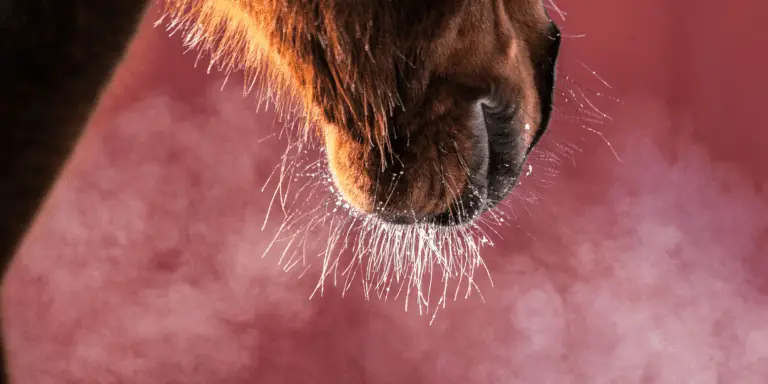
Temperature, Pulse and Respiration – Indicators of Your Horse’s Health Early detection of fever, respiratory abnormalities or a too low/too high pulse can save your horse’s life. The following will elaborate on how to take your horse’s temperature, pulse and